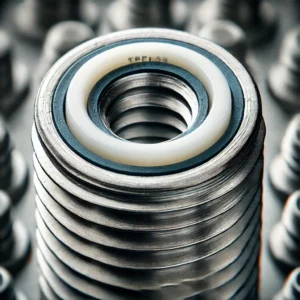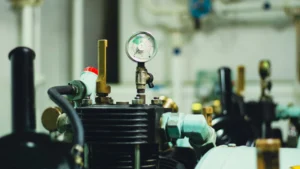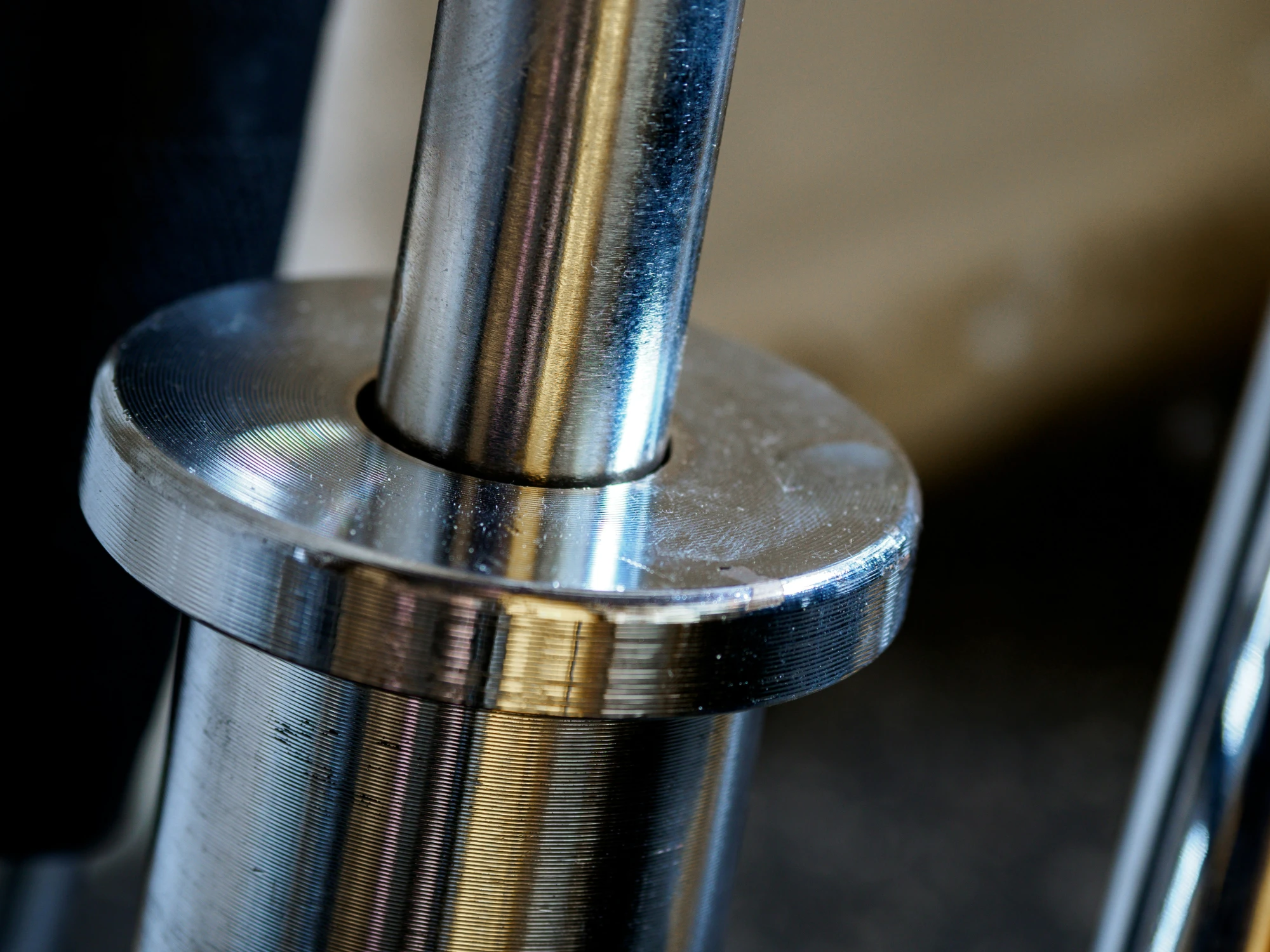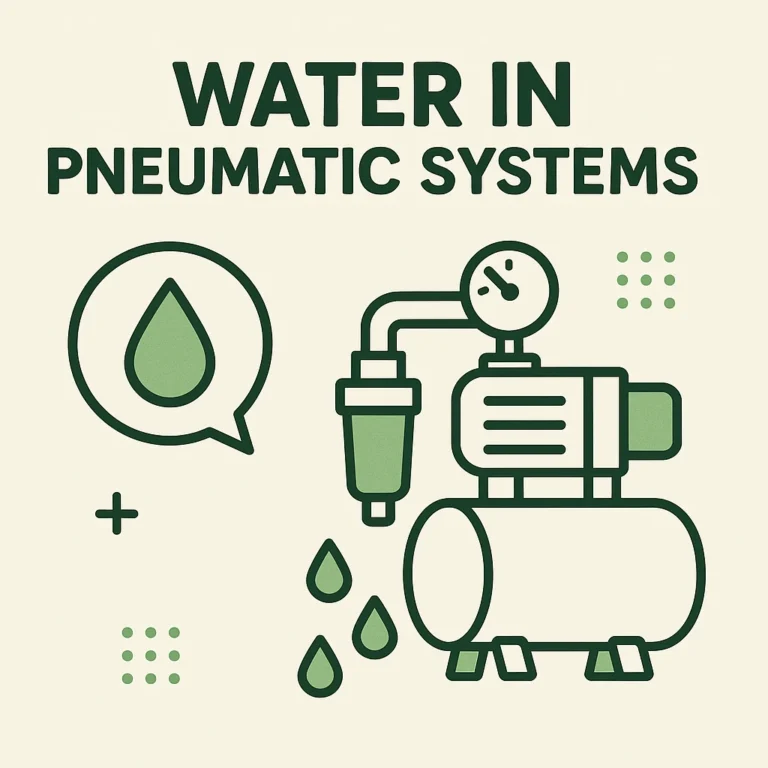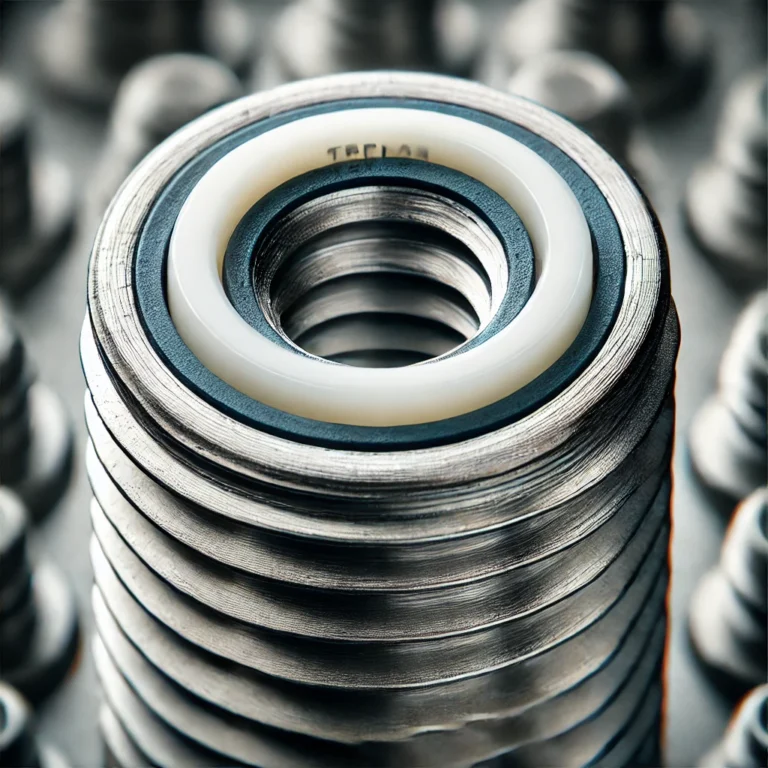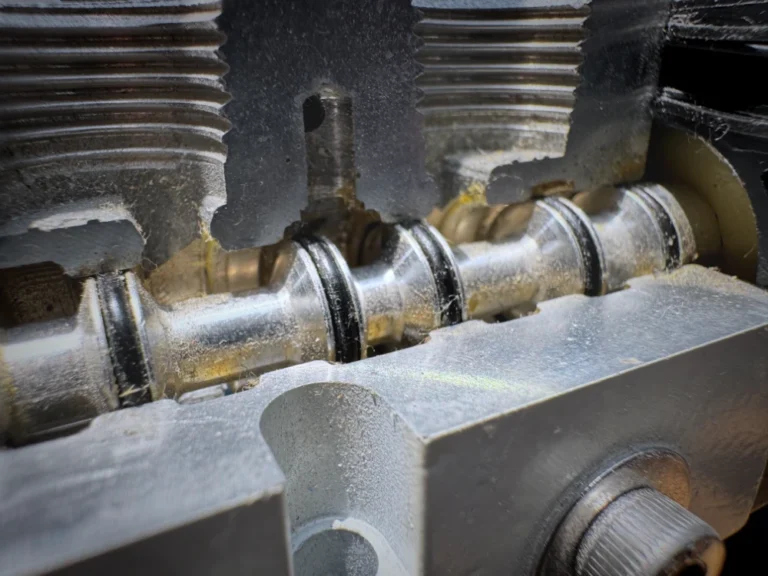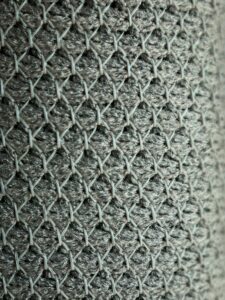What is an Anti-Rotation Cylinder?
An Anti-Rotation Cylinder is a pneumatic or hydraulic cylinder designed to prevent the rotation of the piston rod, ensuring consistent linear motion. In standard cylinders, the piston can rotate due to external forces or internal structural characteristics. By preventing this rotation, anti-rotation cylinders enable precise operations.
Working Principles of Anti-Rotation Cylinders
Anti-rotation cylinders operate using the following mechanisms:
– Rod Guide Mechanism
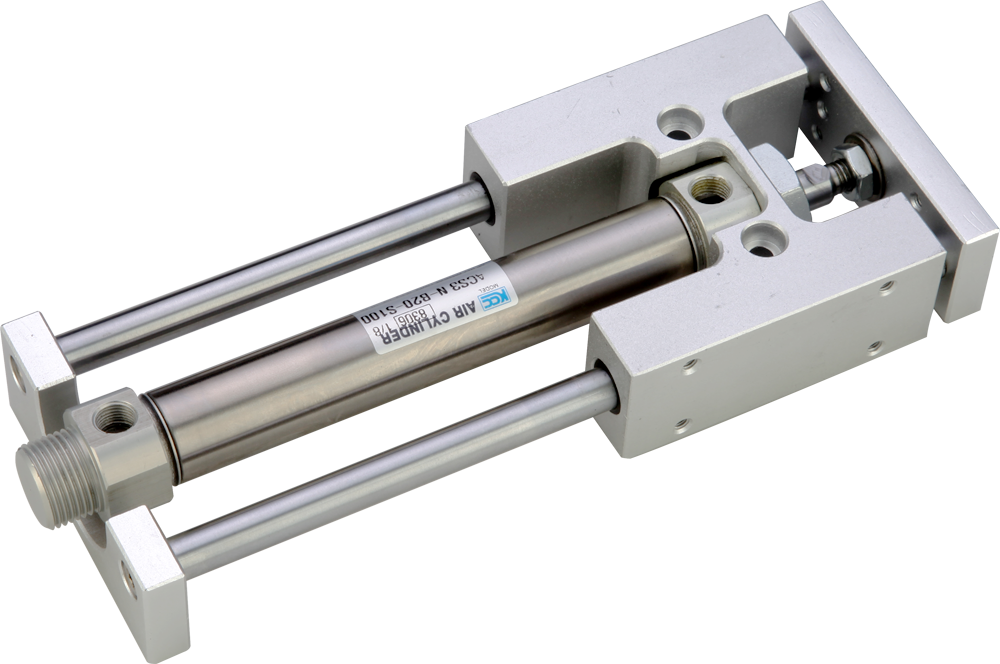
An additional guide rod moves along with the piston rod to restrict rotation.
– Slide Key Mechanism
A key or groove inside the cylinder ensures the piston moves only in a specific direction.
– Square or Polygonal Rod Mechanism
The piston rod is designed in a non-cylindrical shape, such as square or polygonal, to prevent rotation inside the cylinder.
– Dual Rod Mechanism
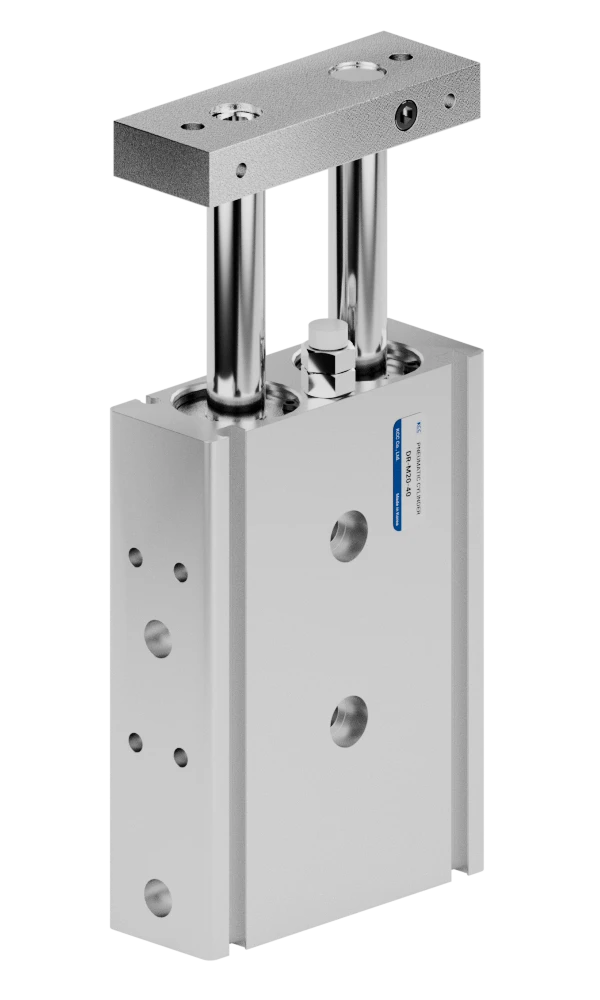
Two parallel piston rods are used, where one rod prevents the rotation of the other.
Main Applications of Anti-Rotation Cylinders
- Precision linear motion in robots and automated machinery
- Maintaining position alignment in presses and assembly equipment
- Systems requiring precise linear movement, such as XY tables
- Various industrial machines and processing equipment
Limitations of Anti-Rotation Cylinders
- Friction and Wear Issues
Slide key and guide rod mechanisms create continuous friction, leading to rapid wear. Regular lubrication and maintenance are required to mitigate this issue. - Additional Components and Space Requirements
The inclusion of keys, guides, or dual rods increases the overall size of the cylinder compared to standard ones. Proper design considerations are necessary for space-constrained environments. - Increased Cost
Due to their complex structure, anti-rotation cylinders have higher manufacturing costs, making them more expensive than standard cylinders. - Limitations in Certain Applications
Since anti-rotation cylinders allow movement only in a specific direction, they may not be suitable for applications requiring free multi-axis motion.
Conclusion
Anti-rotation cylinders are essential for achieving precise linear motion in various industrial applications. However, it is crucial to consider factors such as friction, space constraints, and cost when selecting the appropriate type. By doing so, optimal performance and efficient process operation can be ensured.



